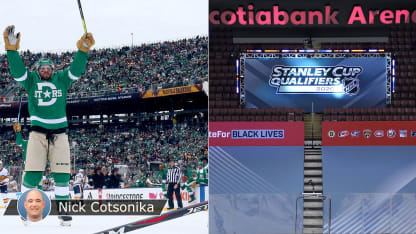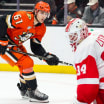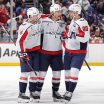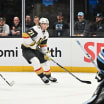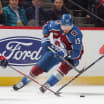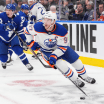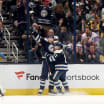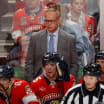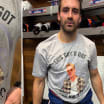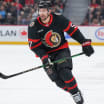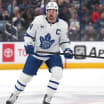When he made a media tour and appeared at a Hurricanes game in Raleigh afterward, Ayres used his 72 hours of fame for a larger purpose. He told everyone he had received a kidney transplant to motivate fellow kidney recipients to live their best lives and to raise money for kidney foundations.
"If I didn't have a kidney transplant, I never would have got to that game," Ayres said then. "It's a great platform to get it out there, for everyone to realize that you can still do whatever you want to do."
NHL Commissioner Gary Bettman paused the season March 12 due to concerns surrounding the coronavirus. There was no playbook. When would the League return? How would it do so safely?
The NHL and the NHL Players' Association crafted a Return to Play Plan that featured a 24-team tournament with strict safety protocols in a bubble in Edmonton and Toronto.
The attitude wasn't just to make the best of a bad situation. It was to stage a competition worthy of the Stanley Cup and create a unique made-for-TV event for fans who couldn't be in the stands.
The NHL suggested best-of-5 series for the first round or two of the Stanley Cup Playoffs so the players would have to spend less time away from family and friends. The players said no. They wanted four seven-game series to crown the champion as usual.
Mayer and his team transformed the arenas into TV sets with seat covers, concert lighting and giant video screens, and they created comfortable environments for teams and staff with everything from food trucks to pop-up restaurants.
No one knew how it would go. But we saw two months of thrilling hockey from Aug. 1 to Sept. 28, and through it all, the players kept perspective not just on the coronavirus but social justice.
On the first day of the tournament, Minnesota Wild defenseman Matt Dumba spoke on the ice about fighting racism. On Aug. 27 and 28, four games were postponed after the players decided not to play in protest of the police shooting of Jacob Blake, a Black man, in Kenosha, Wisconsin.
